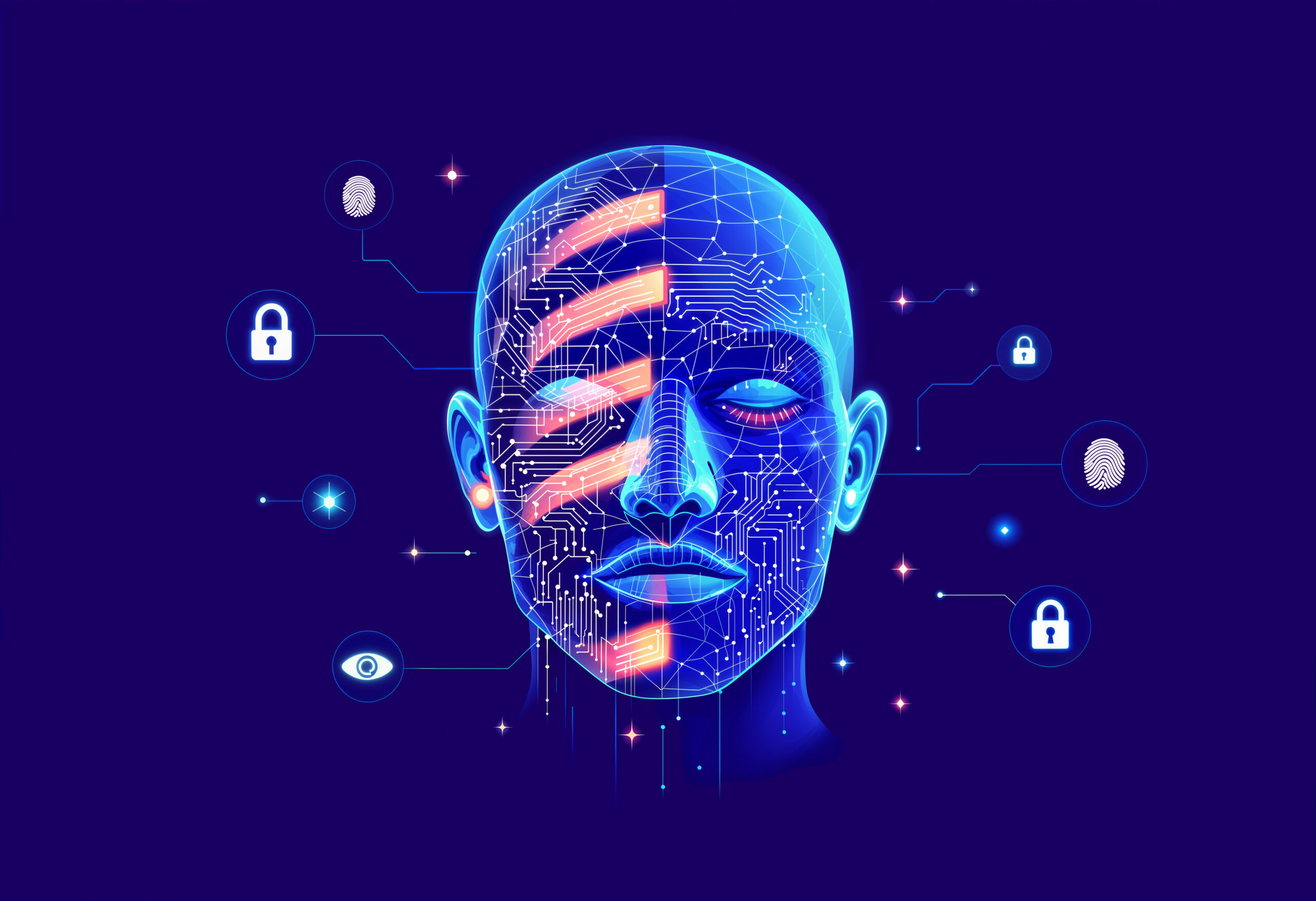Deepfake technology represents one of the most fascinating yet concerning advancements in artificial intelligence. It uses deep learning models, particularly generative adversarial networks (GANs), to synthesize highly realistic images, videos, and voices that mimic real individuals. These systems analyze countless data points from existing footage or recordings to replicate speech patterns, facial expressions, and even micro-movements that make the output eerily authentic. What once required advanced technical expertise is now accessible through online platforms and open-source tools, enabling almost anyone to fabricate convincing digital replicas. While deepfakes began as creative experiments in film and entertainment, they have evolved into powerful instruments of deception, exploited for scams, misinformation, and identity manipulation.
Recent High-Profile Deepfake Attacks – Real incidents such as the $25 million voice-deepfake scam targeting a Hong Kong finance executive in 2024
In early 2024, a shocking incident in Hong Kong highlighted the growing sophistication of deepfake scams. A finance executive was deceived into transferring $25 million after participating in a video call with what appeared to be his company’s CFO and colleagues. In reality, the entire video conference was a meticulously orchestrated deepfake, generated using AI-driven voice cloning and facial synthesis. The criminals had studied hours of publicly available video footage to recreate the targets’ likeness and tone convincingly enough to bypass suspicion. This incident marked one of the largest deepfake-enabled financial scams to date and underscored how cybercriminals are leveraging AI to exploit human trust. Similar attacks have emerged across the globe, targeting banks, government agencies, and private companies—revealing how realistic synthetic media can blur the line between authenticity and fabrication.
How Deepfakes Undermine Trust in Digital Communication – The psychological and social impact of manipulated media
The rise of deepfakes is eroding a fundamental pillar of digital communication: trust. When users can no longer differentiate between real and synthetic content, skepticism becomes the default reaction. This shift threatens the credibility of news media, official announcements, and even personal relationships conducted online. The psychological toll is significant—people may begin doubting legitimate evidence or videos, a phenomenon known as the “liar’s dividend.” This allows malicious actors to dismiss authentic footage as fake, further muddying public discourse. On a societal level, deepfakes can amplify misinformation, incite political unrest, and damage reputations within minutes of circulation. As deepfakes become more convincing, the digital ecosystem faces a growing crisis of authenticity, demanding new ways to verify what we see and hear.
Detection and Defense Mechanisms – Emerging AI tools designed to detect synthetic content
In response to the growing threat, researchers and cybersecurity firms are developing AI-driven tools to detect deepfakes. These systems analyze visual and audio cues that humans might overlook, such as irregular blinking, unnatural lighting, inconsistent lip movements, or discrepancies in voice modulation. Tech companies like Microsoft and Intel have introduced detection frameworks capable of scanning videos for AI-generated artifacts. Social media platforms are also investing in content authentication methods, using digital watermarking and blockchain verification to trace the origins of media files. However, detection remains a constant race between creation and counter-creation—the more detection tools improve, the more sophisticated the deepfake generators become. Continuous innovation, transparency, and collaboration across technology sectors are essential to maintain an upper hand against deceptive AI media.
Legal and Ethical Challenges – The gap between technological advancement and global regulations
While deepfake technology evolves rapidly, laws and ethical guidelines struggle to keep pace. Many countries lack specific legislation addressing the malicious use of synthetic media, leaving victims with limited recourse. In some jurisdictions, deepfakes fall under general fraud or identity theft laws, which are not always sufficient for complex digital crimes. The ethical debate is equally intense—balancing freedom of expression and innovation against the need to prevent harm and misinformation. Regulators face the difficult task of crafting policies that protect individuals without stifling legitimate uses of AI in entertainment, education, or accessibility. As the line between creativity and criminality blurs, a unified global framework will be crucial in holding offenders accountable while encouraging responsible AI development.
Building Awareness and Digital Literacy – Educating users and organizations to recognize and respond to deepfake threats
The most effective defense against deepfakes begins with awareness. Educating individuals, businesses, and institutions about the existence and risks of synthetic media can significantly reduce their impact. Training programs and digital literacy campaigns can teach people to verify sources, question unusually emotional or urgent content, and use reliable fact-checking tools before sharing information. Organizations can also implement verification protocols for financial transactions and internal communications to mitigate deception risks. Cultivating a culture of skepticism and digital responsibility is essential in an era where seeing is no longer believing. As technology continues to advance, human awareness and critical thinking will remain the strongest shields against this new frontier of cyber deception.

